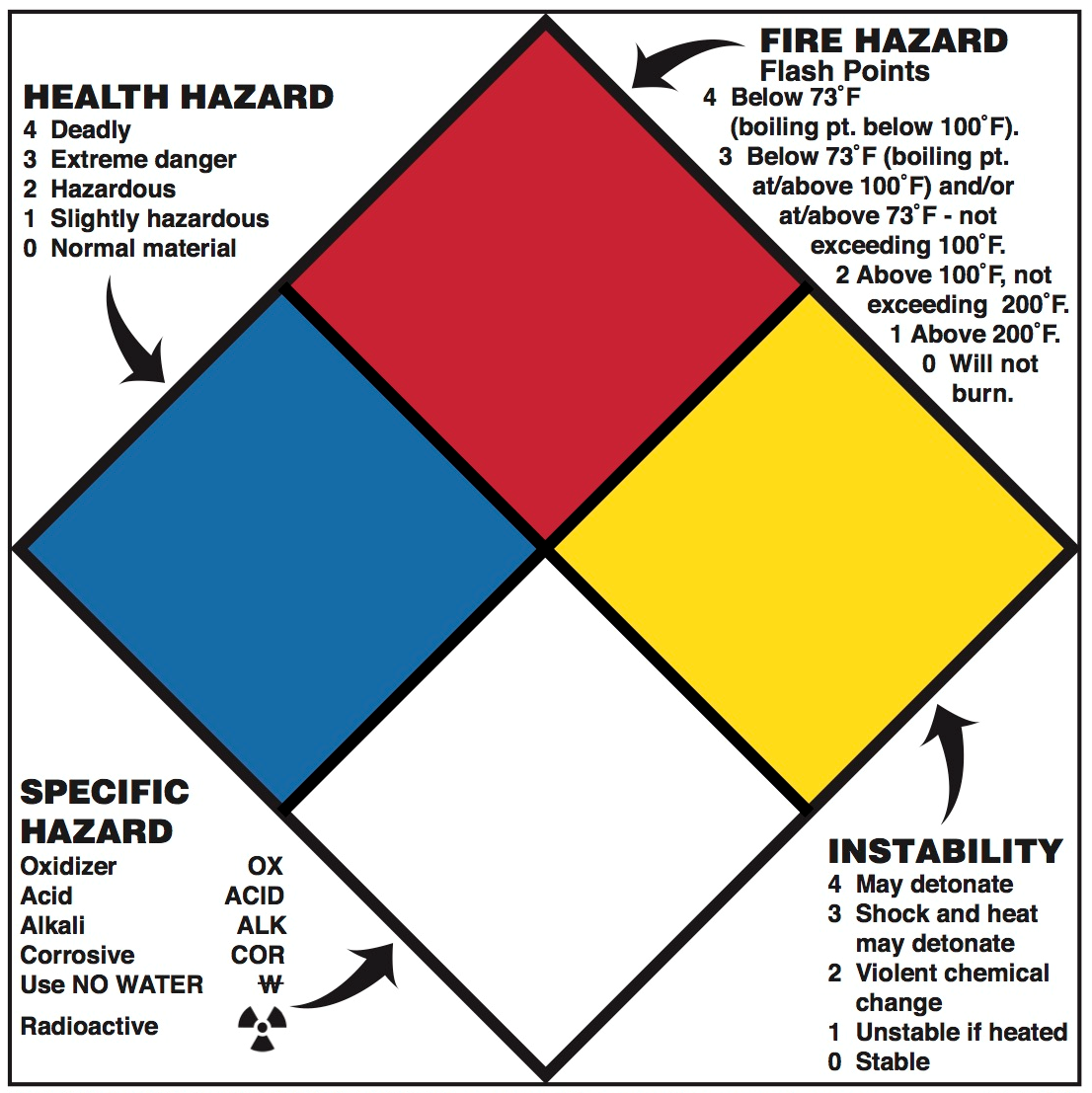

Reactive wastes can require special handling and precautions for transport, and disposal costs can be significant. It is important to be conservative when evaluating and classifying reactive and potentially reactive wastes. There are limited options to evaluate whether a waste that contains sulfides or cyanides is capable of releasing harmful vapors, and in many cases, cyanide and sulfide-containing wastes are classified as reactive wastes because of this lack of information. Waste derived from materials that are classified as Class 1 (explosive), 4.1 (flammable solid), 4.2 (spontaneously combustible) or 4.3 (dangerous when wet) also may need to be managed as reactive wastes.These materials are typically identified with the “bomb” pictogram on a product safety data sheet (SDS). Waste derived from materials that are identified as “explosive,” self-reactive,” “pyrophoric” or “self-heating” chemicals, as well as chemicals that “emit flammable gases when in contact with water” based on OSHA GHS definitions (.1200, Appendix B), may need to be managed as reactive wastes.Certain functional groups (nitro groups, azides, peroxides, etc.) are recognized to be reactive or potentially explosive.There are several options to evaluate potential air and water reactivity and chemical stability: Instead, generators must rely on their “generator knowledge,” as well as related OSHA and DOT tests. Unlike for other hazardous waste characteristics, there are no specific test methods identified for reactive wastes. Are cyanide- or sulfide-containing wastes, and other wastes that can release toxic gases, vapors or fumes.Įxamples of reactive wastes include damaged lithium batteries that cannot be managed as universal waste, waste sodium or lithium metal, and plating bath wastes containing cyanides.


#Reactivity hazard code
Wastes that are determined to be reactive are assigned the EPA hazardous waste code D003. They can cause explosions undergo violent reactions and generate toxic fumes, gases, vapors or explosive mixtures when heated, compressed or mixed with water. Reactive wastes (as defined in 40 CFR 261.23) are unstable under “normal” conditions. Such state-specific requirements only apply within that state. Additionally, certain states, including California and Washington, have their own state-specific requirements that expand on the RCRA hazardous waste characteristic definitions. Under RCRA, there are four hazardous waste characteristics: ignitability, corrosivity, reactivity and toxicity. The Resource Conservation and Recovery Act (RCRA), which is implemented and enforced by the EPA, establishes hazardous waste requirements across the U.S. As we’ve discussed in previous posts, including “ Understanding the Four Characteristics of Hazardous Waste,” determining whether a waste exhibits a hazardous waste characteristic is an important part of the hazardous waste process.


 0 kommentar(er)
0 kommentar(er)
